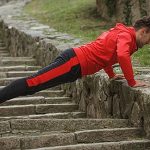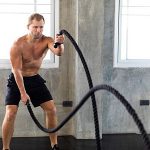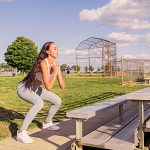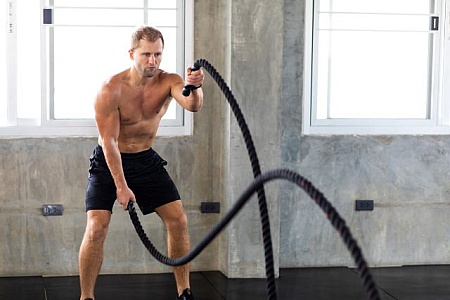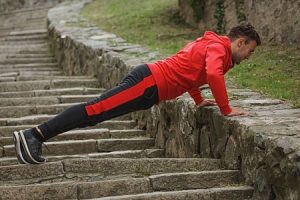In the pursuit of peak performance, athletes and coaches often emphasize intense training and discipline. However, recovery is an equally critical—yet frequently underestimated—component of athletic success. Scientific evidence consistently shows that optimal recovery not only prevents injuries but also enhances performance and extends athletic longevity.
Why Recovery Matters
Training causes microtears in muscle fibers, drains energy stores, and stresses the central nervous system. Recovery allows the body to repair these damages, replenish energy, and adapt to training stress, ultimately leading to improved performance. Without sufficient recovery, athletes face fatigue, decreased performance, and increased injury risk.
Types of Recovery
-
Passive Recovery
Includes sleep and complete rest. It allows the body to repair tissues, regenerate energy, and restore hormonal balance. Sleep, in particular, is essential—studies show athletes who sleep 8–10 hours perform better cognitively and physically. -
Active Recovery
Involves low-intensity activities like walking, swimming, or cycling. These activities promote blood flow, which accelerates the removal of metabolic waste and supports tissue repair. -
Nutritional Recovery
Proper nutrition after exercise is critical. Carbohydrates replenish glycogen, proteins aid muscle repair, and fluids restore hydration. Post-exercise meals or shakes should be consumed within 30–60 minutes for best results. -
Mental and Emotional Recovery
Mental fatigue can impair reaction times and decision-making. Practices like meditation, journaling, and even hobbies unrelated to sports contribute to a full-spectrum recovery process.
Tools and Techniques for Effective Recovery
-
Foam Rolling and Massage: Improve blood flow and reduce muscle soreness (DOMS).
-
Cryotherapy and Ice Baths: Help reduce inflammation, though recent studies debate their efficacy for long-term adaptations.
-
Compression Gear: May enhance venous return and reduce muscle swelling post-training.
-
Contrast Water Therapy: Alternating hot and cold water baths improve circulation and recovery in some athletes.
-
Normatec and Recovery Boots: Use pneumatic compression to facilitate lymphatic drainage.
Monitoring Recovery
Modern technology has made it easier to track recovery:
-
HRV (Heart Rate Variability): A high HRV indicates good recovery; a low HRV can signal overtraining.
-
Sleep Tracking: Devices like WHOOP and Oura monitor sleep stages, total duration, and disturbances.
-
Subjective Scales: Daily mood and fatigue self-assessments help athletes identify early signs of burnout.
Real-World Applications
-
NBA teams now include “recovery specialists” on their staff to personalize protocols for each athlete.
-
Olympic sprinters are known to prioritize sleep hygiene with blackout curtains, sleep masks, and rigid sleep schedules.
-
Professional cyclists often integrate active recovery rides and nutrition plans after each stage of a tour.
Final Thoughts
Recovery isn’t a sign of weakness—it’s a cornerstone of strength. Athletes who recover intelligently train harder, perform better, and stay healthier over the long term. Coaches, trainers, and athletes alike must embed recovery strategies into their daily routine, treating it with the same importance as physical training or tactical planning.



